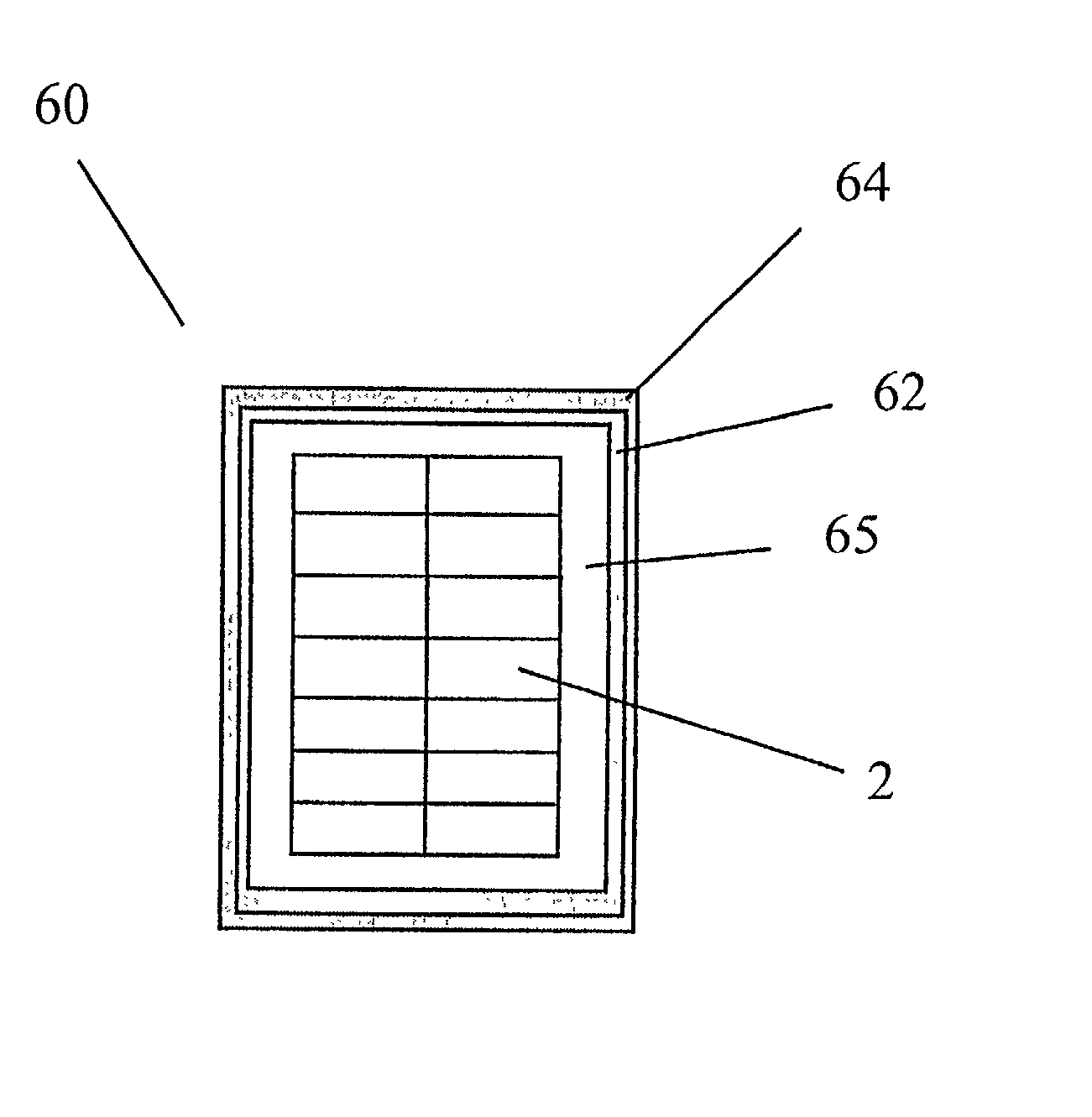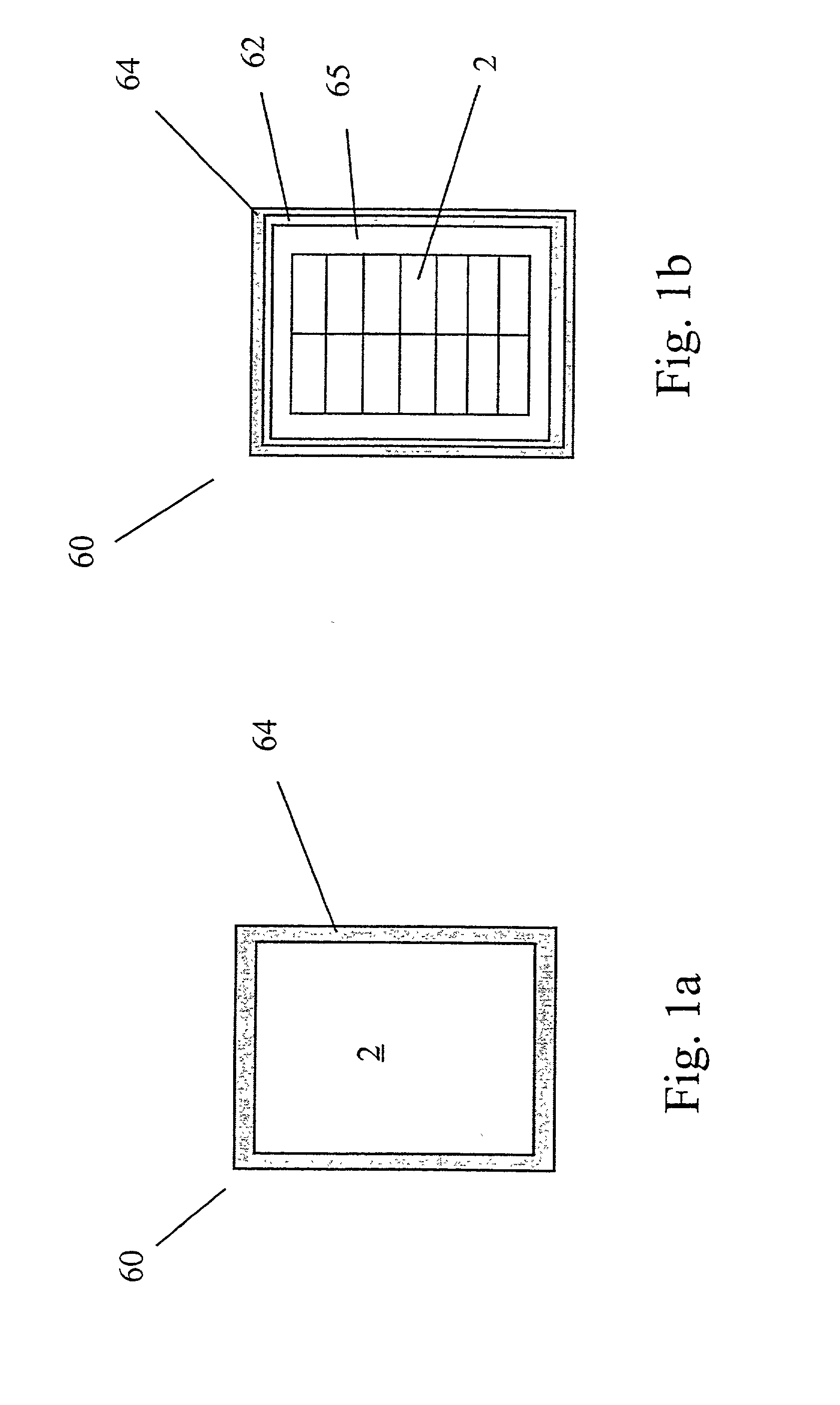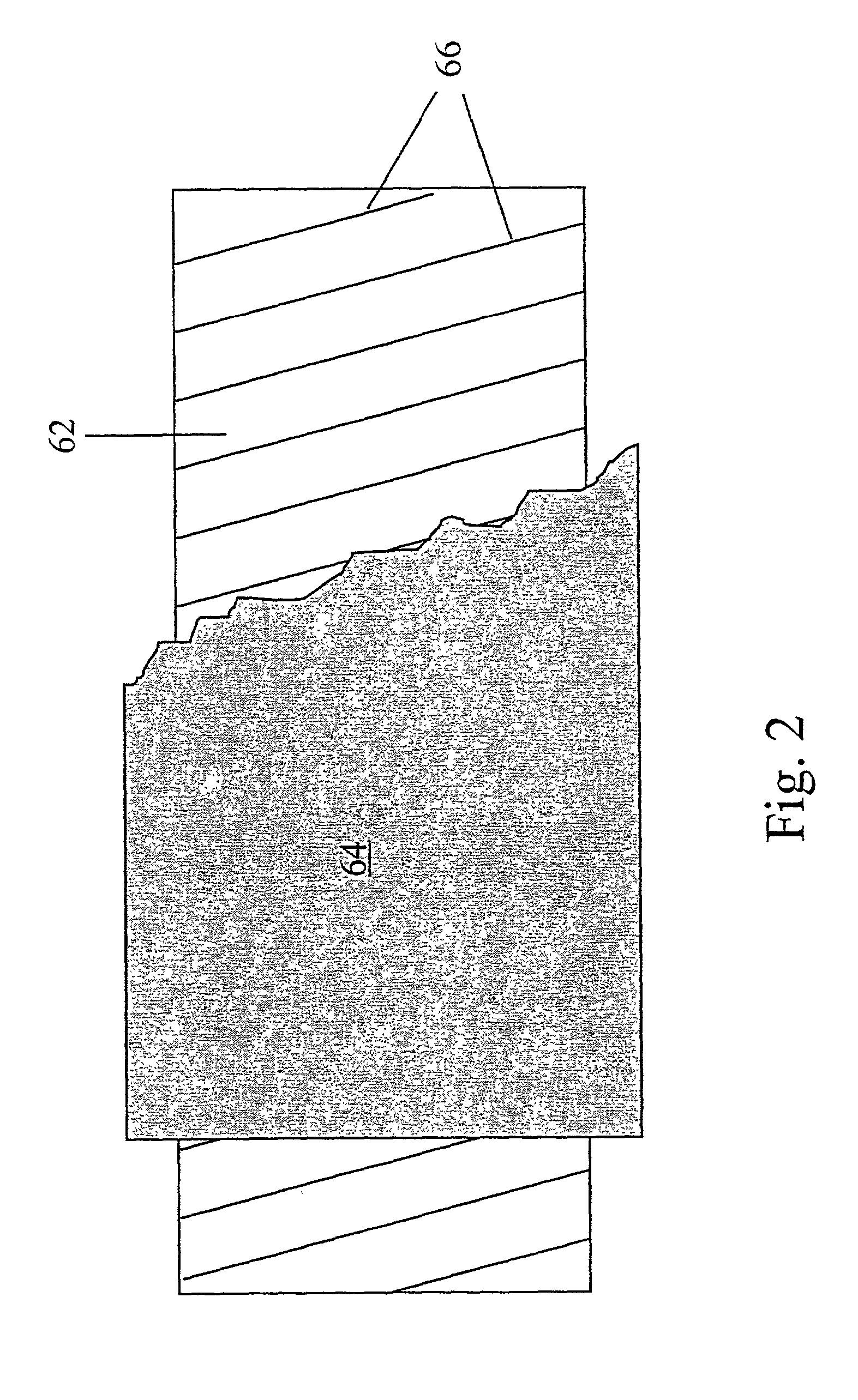Insulation of stator windings with shrink-on sleeves
- Summary
- Abstract
- Description
- Claims
- Application Information
AI Technical Summary
Benefits of technology
Problems solved by technology
Method used
Image
Examples
Embodiment Construction
[0011] This is the starting point for the invention. The invention, as characterized in the claims, is based on the objective of creating a process for insulating stator windings for rotating electrical machines, whereby insulated stator windings are produced that ensure the insulation of the stator winding over the intended life span of the electrical machine.
[0012] This objective is realized by the method according to the characteristics of independent claim 1.
[0013] The method according to the invention for producing an insulated stator winding for rotating electrical machines, in particular, direct current machines and alternating current machines, where said insulated stator winding is constructed of at least one electrically conductive conductor bar with an essentially rectangular cross-section, whereby at least one electrically insulating shrink-on sleeve with an essentially rectangular cross-section is applied to the periphery of the conductor bar and shrunk onto the conduct...
PUM
 Login to View More
Login to View More Abstract
Description
Claims
Application Information
 Login to View More
Login to View More - R&D
- Intellectual Property
- Life Sciences
- Materials
- Tech Scout
- Unparalleled Data Quality
- Higher Quality Content
- 60% Fewer Hallucinations
Browse by: Latest US Patents, China's latest patents, Technical Efficacy Thesaurus, Application Domain, Technology Topic, Popular Technical Reports.
© 2025 PatSnap. All rights reserved.Legal|Privacy policy|Modern Slavery Act Transparency Statement|Sitemap|About US| Contact US: help@patsnap.com



